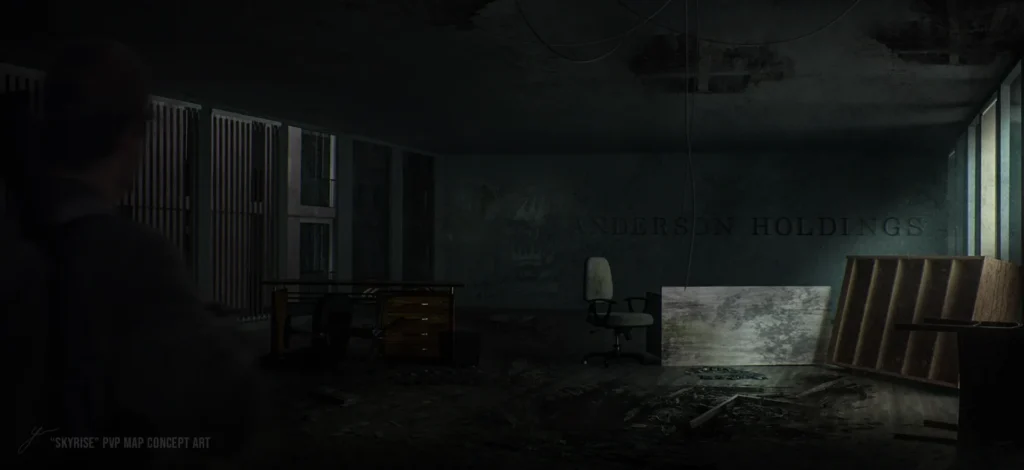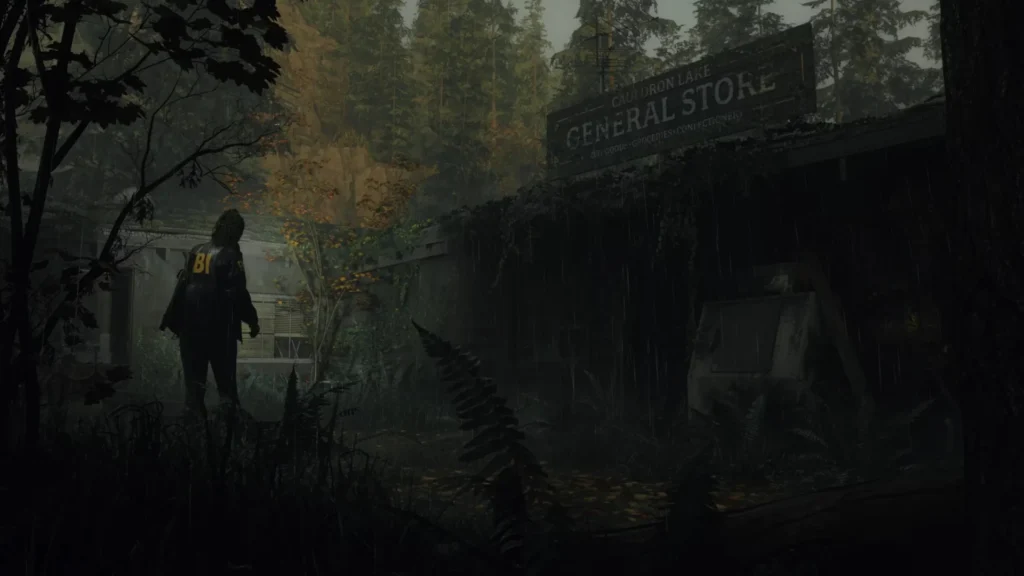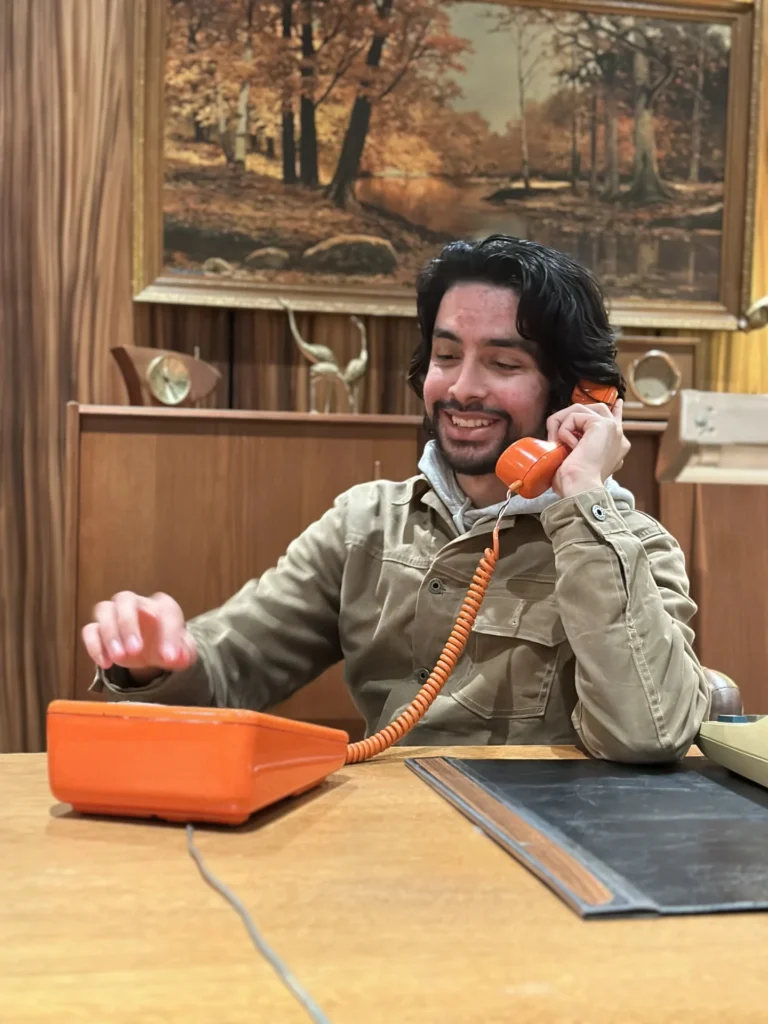5 Tips on Writing: With Aramis Armendariz
My love and passion for storytelling always began at a young age. However, my undergraduate years became a pivotal moment when that passion took me to another level. Having attended the University of Redlands in Southern California, I majored in Media and Visual Culture, with an emphasis on screenwriting. These years were critical in learning writing skills and fundamentals.
Shortly after graduating, I completed an online course taught by the Lead Writer of Hogwarts Legacy tailored specifically towards narrative writing and design in video games. I am still in the infancy of my writing career, but I hope that a few tips might help other junior-level writers or anyone looking into starting as a writer.
Hooking Your Audience
A valuable concept taught during the online course was “selling your story”. The ability to successfully pitch your story to audiences was emphasized and is something I took away from the experience. I apply that same thinking when it comes to hooking a player, a reader, or a viewer. The story’s hook is like a pitch that entices the audience member to continue with your story. When trying to find a way to hook an audience into a story, I go toward the main theme and leave breadcrumbs that the audience can follow. This can be in the form of a question that the audience asks themselves. A recent example of a game that I believe did this well is
Alan Wake II
. Without spoiling the opening, there is an event that quickly kicks off the story but leaves behind enough mystery to keep the player wanting to know more. It creates these clever setups that will eventually pay off later in the story.
Mastering Plot Development
One tip for plot development that I apply is asking myself, “Does this make logical sense in my story? Does this development follow a convincing order of events?” A way to help make sure the plot development is being told believably is by setting a timeline of events in your story. I think regardless of how ambitious or simple your story is, it is extremely useful to have a sense of direction of what should unfold and when. I can be guilty of trying to keep this structure in my head, but this always gets me confused and my ideas jumbled. One way is by having physical sticky notes that contain story beats chronologically. This will not only organize your ideas but allow you to see the story in its entirety and find areas that might need restructuring or omission.
Start from and keep your mind on the characters (or anything acting as such) and the way everything acts and reacts.
Not just the protagonist or the villain: give the secondary characters valid reasons for their existence, and make them react to what happens accordingly.
E.g. What about that old woman that was saved by the hero at the beginning of the story (as part of the tutorial, for instance)? What if she was a disgraced aristocrat from the opposite faction that, thanks to the hero’s actions, unexpectedly supported them revealing her identity much later?
Or maybe something terrible happened to a group of people and there are survivals to the catastrophe: the audience would expect some of them to want revenge or take sides, even if we as writers needed that event for another thing entirely and didn’t think about those people (rather “pawns”) that much. Alternatively, an event might be so catastrophic, the whole region has been affected: the audience would want to see those effects on the story, even if it’s not the core of it.

Effective World-Building Strategies
When it comes to world-building I use this same approach with my writing by starting somewhere and iterating. It can be something minute such as an in-world product or something more significant like a world-changing event. Regardless, if I just start with one thing and expand on that, more ideas will flow, and things will begin to connect.
An example of this is from George R.R. Martin’s
A Song of Ice and Fire
novel series. Martin’s world for his novels began with one sentence about direwolf pups being found in the “summer snows”. This inspired him to dig further and develop a world around this concept which led to
A Game of Thrones
and the rest is history. The takeaway from that story is that inspiration can hit you at any time, but it might just only show up once you have something already written down.
Techniques for Character Development
I credit Adrian Ropp for sharing this particular tip with me. When trying to find convincing character development, it starts with your character’s biography. The biography contains basic information like physical descriptions and backstory information, but a golden nugget that changed how I approached writing characters was the “two truths and a lie” exercise. This concept is by literally asking yourself what are two truths that the character believes in and what is a lie in their life that influences them.
This can be a truth about themselves as a character (i.e. knowing they are a good person) and the lie can be many things (i.e. trying to convince themselves they are a bad person). This exercise can be flexible in how you apply it with your characters, however, the important takeaway is letting the truths and lies be something substantial and meaningful to your character. By doing this, it can help you implement effective character development in your story.
Crafting Meaningful Decisions

Writing alone is difficult, and there can be a tendency to get lost in what makes meaningful choices in our stories when we do this. A tip that I pass on, and I am sure many of you have heard as well is to find a writer’s group or an unbiased group to provide feedback. Family and friends are nice, but it is best to find outside opinions on the choices for your story. This can help steer your story on the track that it needs to be on rather than the one you want it to be on.
If the idea is cool but doesn’t serve the bigger narrative, it is okay and normal to remove it. Save that awesome idea and perhaps you might find a way to include it in a place better suited.
What are your strengths in writing and narrative design?
I enjoy plotting out an entire story but focusing more on character development and themes. That is where I think my strengths as a writer lie. I can start with a single theme in mind and expand on that, turning it into a fully-fledged story with convincing characters and arcs. I credit this from my years as an undergrad and Adrian Ropp’s insight. It made me rethink how I approached writing characters and weaving them into the story’s theme.

Which games or stories have you worked on?
Currently, I am a Narrative Writer on a PvP multiplayer game currently in development. This project is made up of a passionate team of community members working together to create a strategic and intense game set in a post-apocalyptic world. This provides interesting challenges as a writer but also unique opportunities to tell a story in a non-linear format. I am also a Level Designer at Astral Door Gaming working on their debut video game,
Shadowloom
, a Metroidvania focused on a lost shadow seeking to return to his body before sunrise. With my background as a writer, I try to incorporate a narrative flair to levels whether that be through environmental storytelling or finding opportunities that can connect to the larger themes of the game. It is a constant collaboration between all disciplines to incorporate those elements within the levels.
Exploring Favorites
A difficult question but without thinking too hard on it, I would have to say
Shrek
. It was a childhood favorite of mine so much so that I would watch it several times back-to-back in one sitting. Watching it now as an adult, I have a completely newfound appreciation for its twist on the classic fairy tale story and its sense of humor.
A Wish for Interactive Audio Stories
Having started as a video game and recently been adapted to television, I think
The Last of Us
would make for an engaging interactive audio story. I can imagine the story following the main beats of the video game but having the ability to expand on other aspects like the HBO show. Plus, hearing a pack of Clickers in this audio format would just be so amazing!
Register for our Free Writing Workshop now!
If you are interested in creating your own interactive audio story, you can apply for our free webinar! It will introduce you to our interactive story game engine, TWIST, and teach you how to use it to create interactive audio stories.
Interested in contributing to our blog series?
If you would also like to publish a blog post on our website and share your own story with interested readers, simply fill out the contact form.





